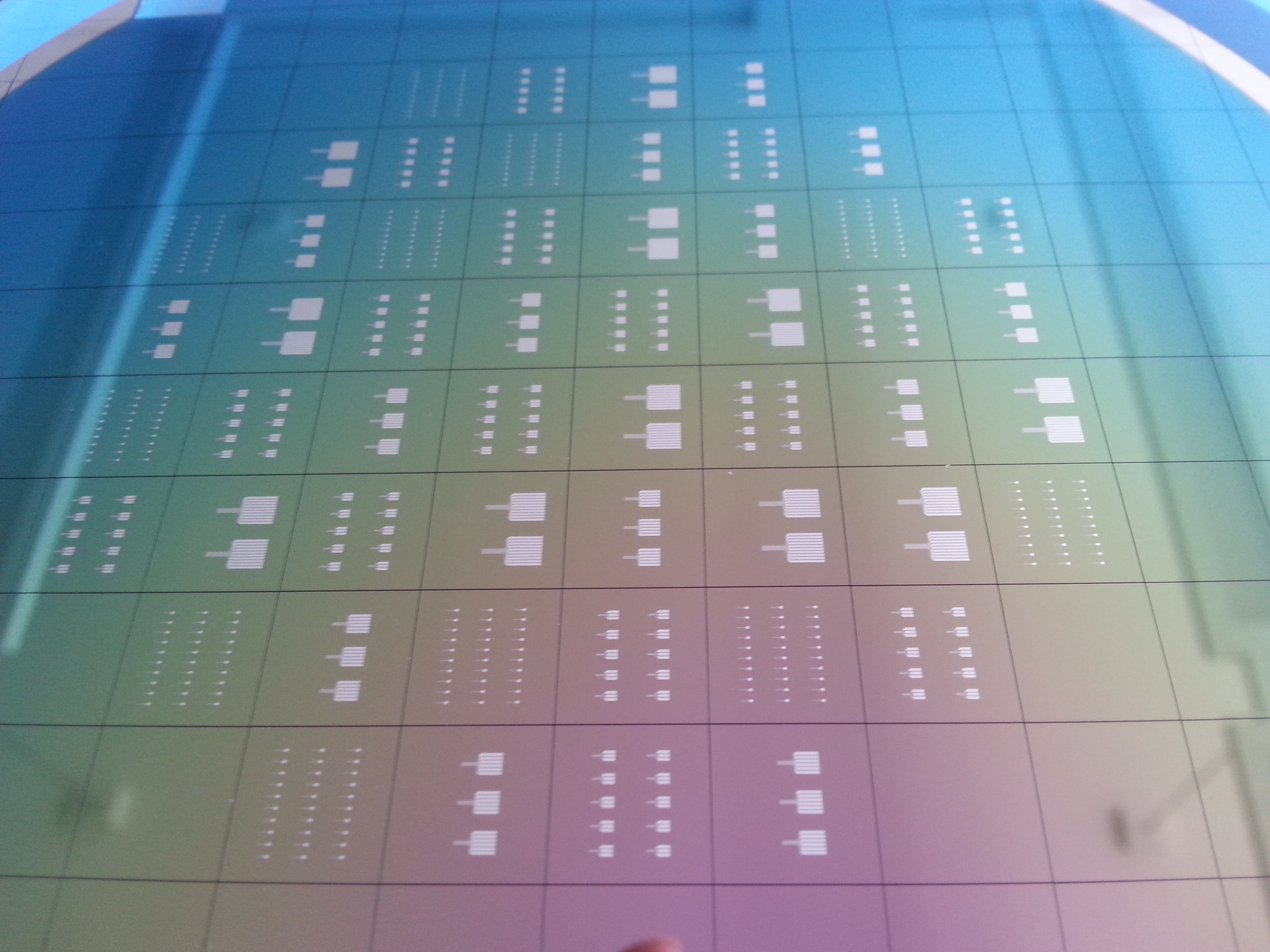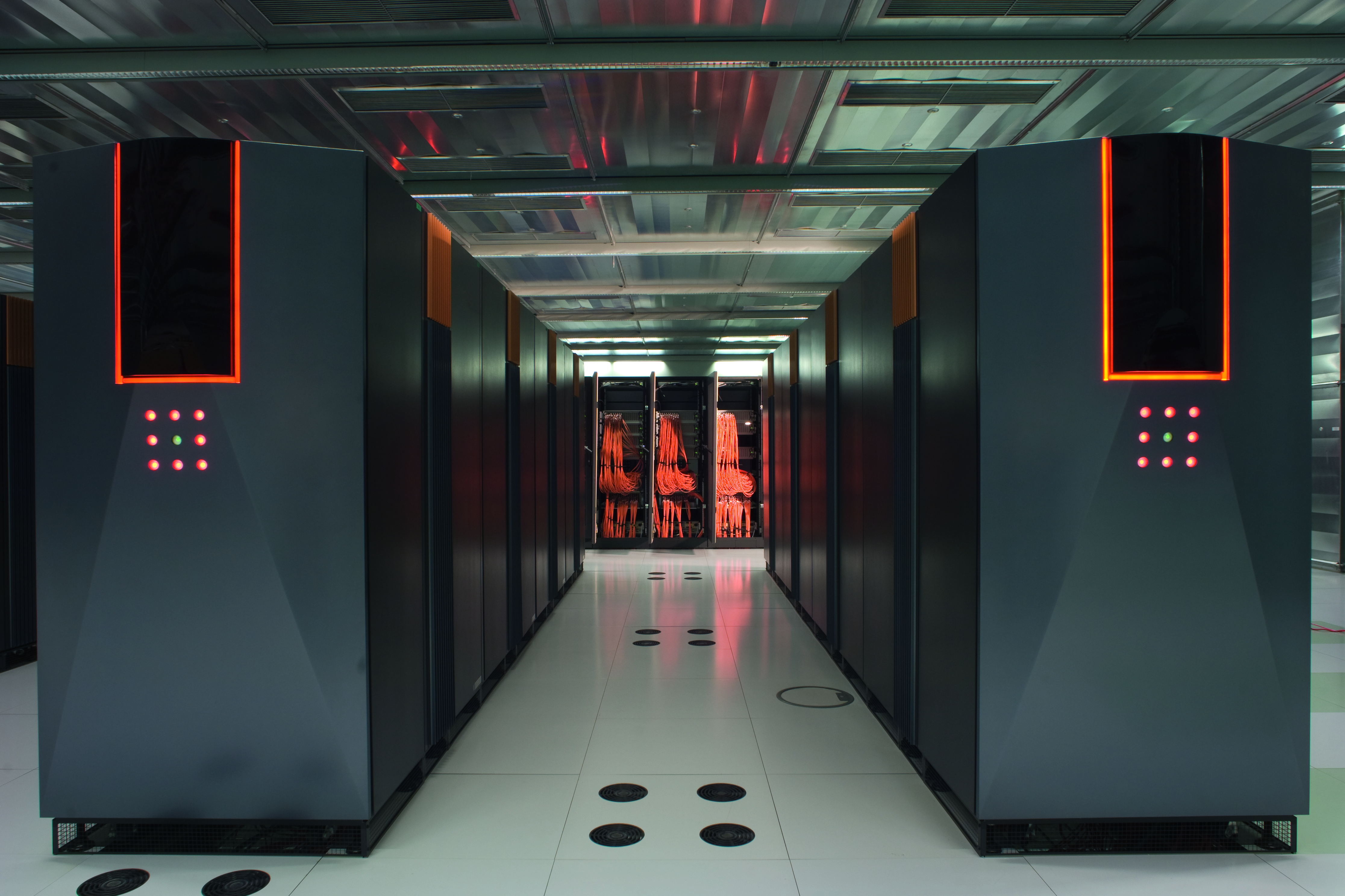Memristors for the computers of tomorrow
Together with the Helmholtz-Zentrum Dresden-Rossendorf, Fraunhofer ENAS develops memristors for state-of-the-art computer architectures.


To increase the performance of computers, their circuits are becoming smaller and smaller. In perspective, this miniaturization is no longer economically viable in conventional von Neumann computer architectures with spatially separated data processing and storage.
However, to achieve higher computing power, new types of components and architectures are needed that allow data processing and storage at the same location. Memristors (memory + resistor), as they are known, are of central importance. They enable energy-efficient machine learning, neuromorphic computing, and the encryption of data at the point of origin.
First successes: memristors for CMOS hybrids
Within the ATTRACT project “Development of an overall technology for the modular integration of novel electronic components in microelectronic CMOS hybrids – BFO4ICT,” the researchers have developed a BiFeO3 (BFO)-based membrane transistor for analog and digital data storage and processing. In the next step, they are researching technologies for wafer-level BFO production and the implementation thereof in conventional industrial processes. As a result, the technology availability and the technological know-how of Saxon and German industry with regard to memristor components can be massively expanded.
What's the advantage?
The resistance characteristics of BFO memristors can be set non-volatilely by a voltage or current write pulse and read out with a small voltage or current read pulse. When writing the BFO memristors, the barrier heights of the front electrode and the rear electrode are reconfigured, thus changing the diode properties of the BFO memristors in a non-volatile and analog manner.
Due to the inherent diode characteristics of BFO memristors, they can be arranged in crossbar array structures without additional selection transistors; this makes them particularly suitable for applications such as machine learning or neuromorphic computing.
Last modified: